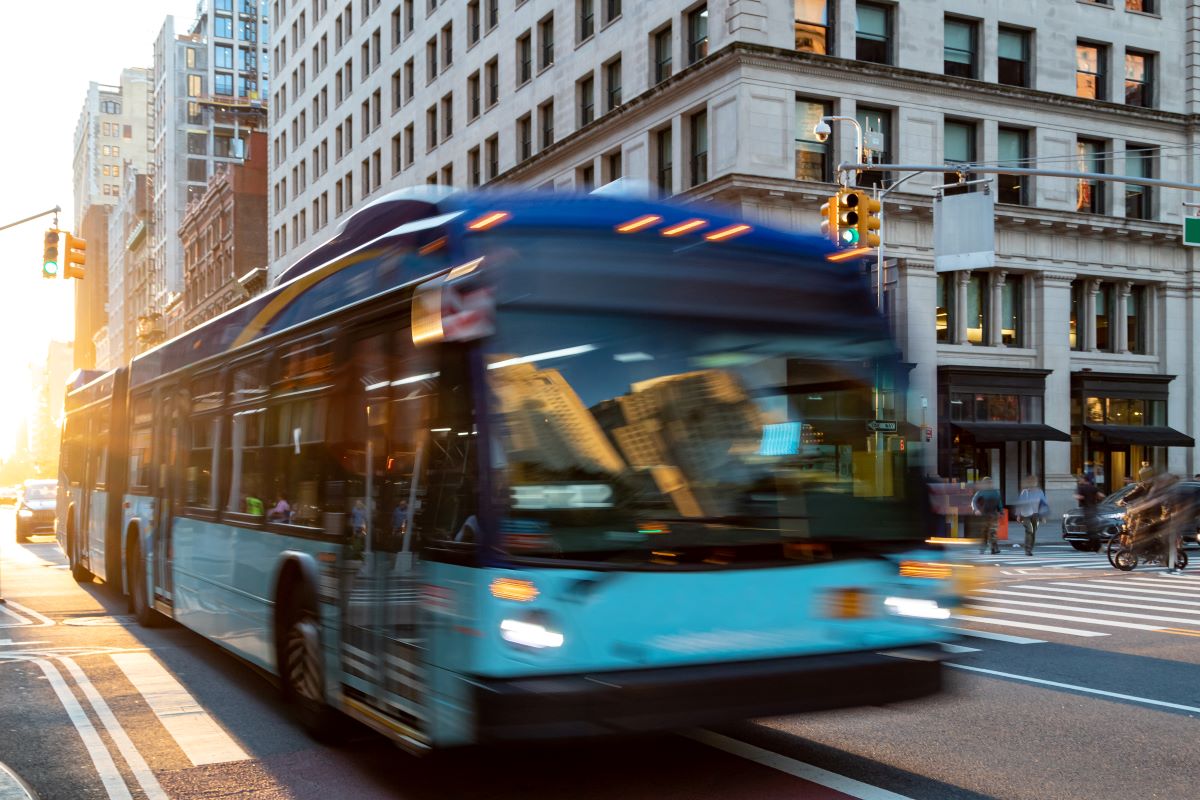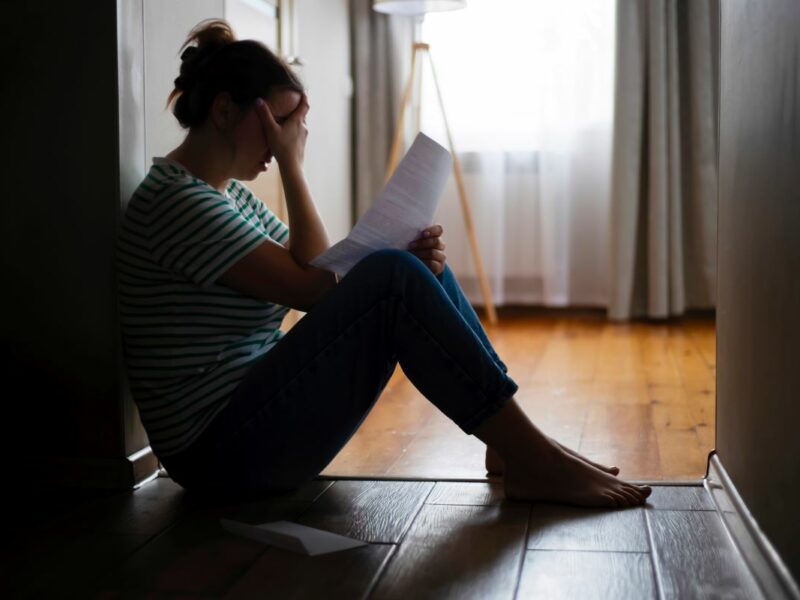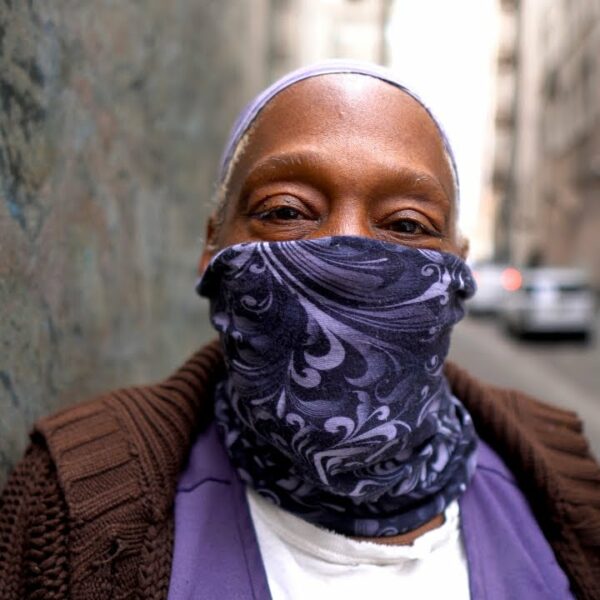Studies Suggest Access to Transportation Could Curb Homelessness
According to research from Harvard students and other academics, access to transportation is a key driver in reducing homelessness. Experts cite the lack of reliable transportation as an indicator that an individual or family might soon be teetering on the edge of homelessness.
Low and Middle-Income Earning Americans are Being Driven Out of Car Ownership
Given the current economic climate in the US, this fact should be worrisome for most Americans. Record-breaking auto loan payments recently reached a jaw-dropping price tag of $1,000 a month.
Escalated interest rates coupled with an inadequate supply of vehicles have had a staggering effect on the auto market. New car prices are higher than ever before. Used car prices are, too.
Hopeful drivers are bound to catch a bad deal whether they’re coming or going, buying used, leasing new, or financing off the lot. Regardless of the payment method, vehicles have become a much heftier purchase than in the past. Yet, wages still haven’t budged.
What gives?
According to Kelly Bluebook, car prices have been up a whopping 25% since early 2020, with experts citing low supply, high demand, and a disturbing new penchant to manufacture more higher-priced vehicles than affordable ones.
If this is starting to sound familiar, that’s because it’s a lot like the housing market. The supply is low, demand is high, and luxury accommodations are taking the front seat while the vast majority of Americans are left in the dust.
We now have two vital, life-sustaining marketplaces that low-income and middle-income earners are completely priced out of. And in the same vein as housing, renting or owning a car is only the beginning of the financial hardship. Other expenses associated with renting or purchasing a vehicle are also skyrocketing in price. This includes:
- Gas – The spring of 2022 was marked by record-high gasoline prices, making fueling up a burden many could not bear.
- Car insurance – Rates shot up by double digits, with financial experts citing an increase in catastrophic weather events due to climate change. This does not include the fact that widespread poverty has given way to higher rates of auto theft and an increased risk of accidents since there are more cars on the road.
- Repossessions – This might seem unfathomable, but car repossessions have also reached record highs, with auto loan delinquencies impacting more than 7 million Americans. This means that seven million-plus Americans are behind on their car payments by 90 days or more, even more people than there were in this condition after The Great Recession.
Pump the Brakes. What About Public Transportation?
Public transit is often viewed as a cheaper alternative to car ownership. However, car ownership is statistically superior to public transportation in helping people escape poverty, and here’s why.
Public transportation can cost up to $127 a month in major metropolitan cities like New York and significantly less in other places. There’s a hitch – you get what you pay for.
The regions where public transportation is less expensive tend to be the same places where public transit is insufficient. This problem is even more pronounced in the suburbs. Inefficiency in public transit can equate to the following:
1) Transportation systems that run infrequently or not at all
In many suburban and rural regions, public transit only runs about once an hour. And, at certain times, like major holidays, weekends, nights, and in the wee hours of the morning, it doesn’t run at all.
This pigeonholes workers into only being able to sign up for certain shifts, never being able to work holidays or weekends, and having an undeserved history of lateness. That last part happens because sometimes a bus, train, or trolley comes early, late, or doesn’t come, and the rider must wait for the next one.
In a city like New York, where public transit runs every few minutes, that rider will be about 10 minutes late. If it happens in a remote region of Delaware where buses come every hour on the hour, that worker will be an hour and a half late.
Imagine if, over six months, this happens three times. One of these workers will certainly be fired, meaning they essentially paid for public transit with their job and career reputation. This history of lateness then follows them around, making it difficult for them to obtain employment in the future.
2) Public transit that does not run in a straight line to important destinations
Another form of insufficiency is when public transit routes don’t go directly to important destinations. In other words, riders must take multiple buses, trains, and trolleys to get to the grocery store, the doctor’s office, or their jobs. In this instance, they are paying for public transportation with their time, a valuable commodity that can’t be replaced.
Uber and Lift, which can also be considered forms of public transit, are not an affordable alternative to car ownership. With prices reaching nearly $100 for a ten-mile ride in some places, these services are even more expensive than the traditional taxis of yesteryear.
Housing Experts Claim a Transportation Safety Net Could Keep Americans from Falling off a Financial Cliff
Some believe the answer lies in providing free public transportation for all. According to CNBC, 100 cities have launched fare-free public transit pilot programs, but skepticism remains regarding the sustainability of such a concept.
Housing experts envision a future where free transportation lends itself as an overall solution to preventing homelessness.
“We believe that adequate housing is a human right,” said Eric Tars, the National Homelessness Law Center’s Legal Director. “We take our definition of adequacy from the international human rights system. That definition includes adequate infrastructure in communities, so things like transportation. As such, universal access to public transit – free access – could certainly reduce the daily commuting costs for individuals and help them be able to maintain rent. It could also provide people who are living on the streets with access to services and enable them to self-shelter in more areas rather than having to concentrate themselves around where those services are actually located.”
Cycles of poverty can indeed be exacerbated by faulty transportation systems, public or private. Whether these systems are too expensive, as in the case of new and used cars and car services, or insufficient, as in the case of many public transit routes, the result is yet another unnecessary barrier to preventing homelessness.
Sadly, here is where we hit a dead-end street. Representatives like former White House staffer Suraj Patel told local reporters the public transit system is simply too big and expensive to ever be fare-free nationwide.
Even in cities that support free fare, a two-person household would have to make less than $17,240 a year to qualify for that accommodation, a completely unlivable income. Herein, we find that free transportation comes at a steep price – the price of residing in deep poverty.
Tars called transportation “part of an overall solution that would lend itself to the vision of adequate housing as a human right.”
Talk To Your Representatives About System Failures and Homelessness
We are lagging in affordable housing and the secondary systems that support affordable housing such as affordable transportation. Talk to your representatives about enacting safety nets to prevent homelessness.












